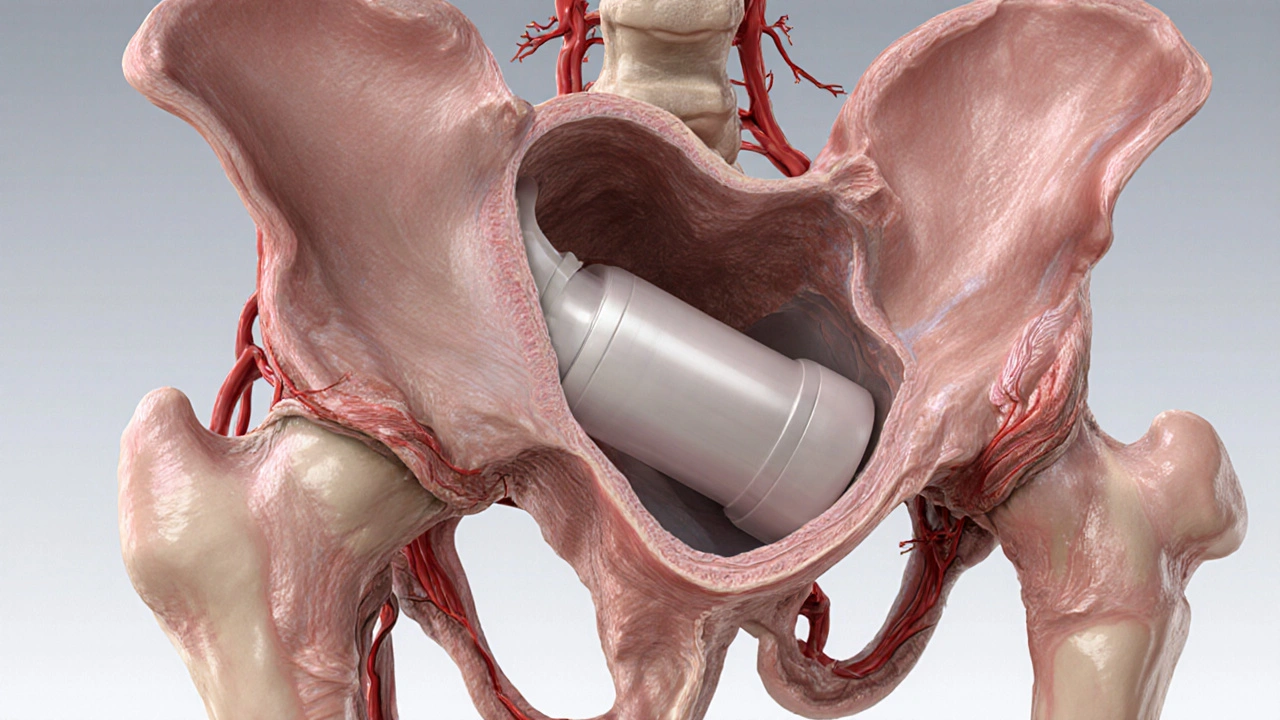
Penile Surgery for Prosthesis Complications: When and How
Explore when and how penile surgery addresses prosthesis complications like infection, erosion, and mechanical failure, with clear steps, approaches, and post‑op care.
When dealing with Penile Prosthesis Complications, the range of possible issues that can arise after implant surgery, from infection to mechanical problems. Also known as penile implant issues, these complications can affect recovery time, device performance, and overall satisfaction.
The broader device, a penile prosthesis, is designed to restore erectile function when other treatments fail. It typically consists of inflatable cylinders or a semi‑rigid rod that sits inside the corpora cavernosa. While the prosthesis itself offers a reliable solution for many men, its success hinges on proper placement, post‑op care, and monitoring for adverse events.
One of the most common setbacks is infection, which can develop within days or weeks after surgery. Bacterial colonization of the implant pocket often leads to pain, swelling, and sometimes the need to remove the device. Prevention strategies include peri‑operative antibiotics, sterile technique, and patient education on wound care.
Another frequent problem is mechanical failure, where the pump, tubing, or cylinder malfunctions. This can manifest as an unexpected loss of rigidity, difficulty inflating, or a clicking noise. Modern devices have improved durability, but the risk remains, especially with heavy use or improper handling.
Erosion of the implant into surrounding tissue is less common but serious. When the prosthesis rubs against the urethra or tunica albuginea, it can cause bleeding, infection, or loss of sensation. Early signs include a change in penis shape, discomfort during inflating, or a visible bulge. Prompt medical evaluation can prevent further damage.
Penile prosthesis complications encompass infection, mechanical failure, and erosion, creating a cascade where one problem may trigger another. For example, a minor infection can weaken tissue, increasing the chance of erosion, while a mechanical fault might require repeated manipulation that irritates the wound. Understanding this interplay helps patients and clinicians anticipate warning signs and intervene early.
Patient satisfaction is closely tied to how quickly and effectively complications are addressed. Studies show that men whose providers offer clear follow‑up protocols report higher confidence in the device, even if they experience a minor issue. Communication, routine check‑ups, and access to a knowledgeable urologist are key factors in maintaining long‑term success.
Management typically follows a stepwise approach: start with conservative measures such as antibiotics and wound care for infection, move to device‑specific troubleshooting for mechanical problems, and consider surgical revision if erosion or severe infection persists. The goal is always to preserve the prosthesis while minimizing discomfort and downtime.
Beyond the medical side, lifestyle adjustments can reduce risk. Maintaining a healthy weight, quitting smoking, and controlling diabetes lower infection odds and improve healing. Gentle handling of the pump during inflation, avoiding excessive force, and following a sterile cleaning routine also extend device lifespan.
Looking ahead, newer prosthetic models incorporate antimicrobial coatings and enhanced hydraulic systems designed to cut down on both infection and mechanical failure rates. While technology keeps advancing, the fundamentals—proper surgical technique, diligent after‑care, and patient education—remain the bedrock of successful outcomes.
Below, you’ll find a curated list of articles that dive deeper into each of these topics. From practical guides on recognizing early signs of infection to detailed comparisons of inflatable versus semi‑rigid devices, the collection offers actionable insights to help you navigate any challenge that comes your way.

Explore when and how penile surgery addresses prosthesis complications like infection, erosion, and mechanical failure, with clear steps, approaches, and post‑op care.